
- •Аннотация
- •Содержание
- •I. Read and translate the text “Building Materials” Building Materials
- •Vocabulary
- •II. Answer the questions
- •Vocabulary
- •Vocabulary
- •II. Make up your own sentences with the vocabulary
- •III. Put all types of questions to the sentence Concrete must be thoroughly worked into the forms
- •I. Translate the texts
- •II. Read and translate the text
- •Vocabulary
- •Exercises
- •Exercise 8. Remake the sentences using Passive Voice like shown in the example: We often speak about him – He is often spoken about.
- •I. Read and translate the text sand
- •Vocabulary
- •II. Make up your own sentences with the vocabulary
- •III. Answer the questions
- •IV. Complete the sentences
- •V. Agree or disagree with the following statements
- •VI. Write down all the properties that sand has
- •VII. Retell the text “sand”
- •I. Read and translate the text copper
- •Vocabulary
- •Implement - инструмент
- •Virtue - достоинство
- •II. Make up your own sentences with the vocabulary
- •III. Answer the questions
- •IV. Complete the sentences
- •Modern Building Materials (part a)
- •Vocabulary
- •Valuable - ценный
- •Interior - интерьер
- •Veneer - шпон
- •II. Answer the questions
- •III. Make up your own sentences with the vocabulary
- •IV. Complete the sentences
- •V. Agree or disagree with the statements
- •I. Read and translate the text Modern Building Materials (part a)
- •Vocabulary
- •Vast – громадный, обширный
- •Insulator – проводник
- •Vapor – пар
- •II. Answer the questions
- •III. Make up your own examples with the vocabulary
- •IV. Complete the sentences
- •V. Agree or disagree with the following statements
- •VI. Put all types of questions to the sentences
- •VII. Read and translate the text
- •VIII. Write a report on the topic “Modern Building materials”
- •IX. Retell your report
- •Exercises
- •I. Read and translate the text nickel
- •Vocabulary
- •Platinum
- •Vocabulary
- •I. Read and translate the text Building Professions
- •Vocabulary
- •II. Make up your own sentences with the vocabulary given above
- •III. Answer the questions
- •Exercises
- •I. Read and translate the text
- •Vocabulary
- •Victim – жертва
- •Vocabulary
- •VI. Retell the text unit 4
- •I. Read and translate the text
- •Vocabulary
- •Invention – изобретение
- •II. Make up your own sentences with the vocabulary
- •III. Answer the questions
- •IV. Complete the following sentences
- •V. Make up a dialogue on the basis of this text
- •VI. Put all types of the sentences
- •VII. Retell the text grammar: gerund
- •Active Voice
- •Indefinite — reading
- •Passive Voice
- •Indefinite — being read
- •Exercises
- •I. Read and translate the text
- •Vocabulary
- •Vocabulary
- •Invention – изобретение
- •Valuable – ценный
- •VI. Name the properties that asbestos has
- •VII. Retell the text unit 5
- •I. Read and translate the text Hand Tools
- •Vocabulary
- •Vice - тиски
- •Engineering Components
- •Vocabulary
- •Active voice
- •Passive voice
- •Exercises
- •I. Read and translate the text
- •Vocabulary
- •VI. Name the properties that silver has
- •VII. Retell the text
- •I. Read and translate the text
- •Vocabulary
- •The Art Of Building
- •Vocabulary to protect - защищать
- •Interior - внутренний
- •The art of building has changed greatly
- •Modern architecture is mainly the architecture of steel and concrete
- •High scale of Construction
- •Vocabulary
- •II. Make up your own sentences with the vocabulary given above
- •III. Answer the questions
- •Exercises
- •I. Read and translate the text
- •Vocabulary
- •Vocabulary
- •Список используемых материалов литература
- •Интернет источники
Platinum
Platinum is an amazing metal. It is grayish white in color, and its name come from the Spanish word ‘plata’ and means “little silver”. Platinum is harder than copper and almost as pliable as gold. A cube of platinum measuring a foot each way would have a weight of more than half a ton! Platinum is almost twice as heavy as lead.
Platinum is usually found in ores often mixed with the rare metals palladium, rhodium, iridium, and osmium, which are called “platinum metals”. Occasionally it is found with metals such as gold, copper, silver, iron, chromium, and nickel. It is found in the form of small grains, scales, or nuggets.
Large deposits of platinum were first discovered in South America in the eighteen century. For a great many years it was considered quite useless, and so it was cheap. Then, when people began to find how useful this metal could be, and since it is quite rare, the price went up to the point where that cube of platinum mentioned above would have been worth $2500000.
What makes platinum especially useful is that it resists oxidation, acids, and heat. The melting point of platinum is about 3190 degrees Fahrenheit! For most purposes, platinum is mixed with one of the other platinum metals or with silver, gold, copper, nickel or tin.
Vocabulary
amazing – удивительный
gray – серый
hard – твердый
pliable – гибкий
to measure – измерять
weight – вес
heavy – тяжелый
lead – свинец
rare – редкий
nugget – самородок
deposit – месторождение
cheap – дешевый
acid – кислота
tin - олово
II. Answer the questions
What color does platinum have?
Where did platinum get its name?
What qualities does platinum have?
Where can platinum be found?
What was first discovered in South America in the eighteen century?
How much did platinum worth $2500000?
What makes platinum especially useful?
III. Make up your own sentences with the vocabulary
IV. Complete the sentences
Platinum is harder than …
Platinum is usually found in …
Large deposits of platinum were first discovered in …
The melting point of platinum is …
V. Agree or disagree with the statements
Platinum is white in color.
Platinum is harder than copper and almost as pliable as gold.
Platinum is almost three times as heavy as lead.
Large deposits of platinum were first discovered in South Africa in the eighteen century.
The melting point of platinum is about 3190 degrees Fahrenheit!
VI. Name the properties that platinum has
VII. Retell the text
UNIT 3
LEXICAL MATERIAL: BUILDING PROFESSIONS
I. Read and translate the text Building Professions
There are many building professions: carpenter and joiner, bricklayer, mason, slater and tiler, plumber, electrician, house painter, glazier, floor and wall tiler, plasterer, paper hanger, steeplejack, hot and cold water fitter and so on.
Bricklayer is a tradesman who builds and repairs brickwork. He renders brickwork, including the insides. A sewer and tunnel bricklayer is a specialized bricklayer.
Carpenter is a man who erects wood frames, fits joints, fixes wood floors, stairs and window frames and other wallboard. He builds and dismantles wood or metal formwork. Joiner is a man who makes joinery and works mainly at the bench of wood that has been cut and shaped by the machinists. Mason is a stone worker or stone setter. In Scotland and the USA a bricklayer is usually a mason. Plasterer is a tradesman who may be a fibrous plasterer or a plasterer in solid work.
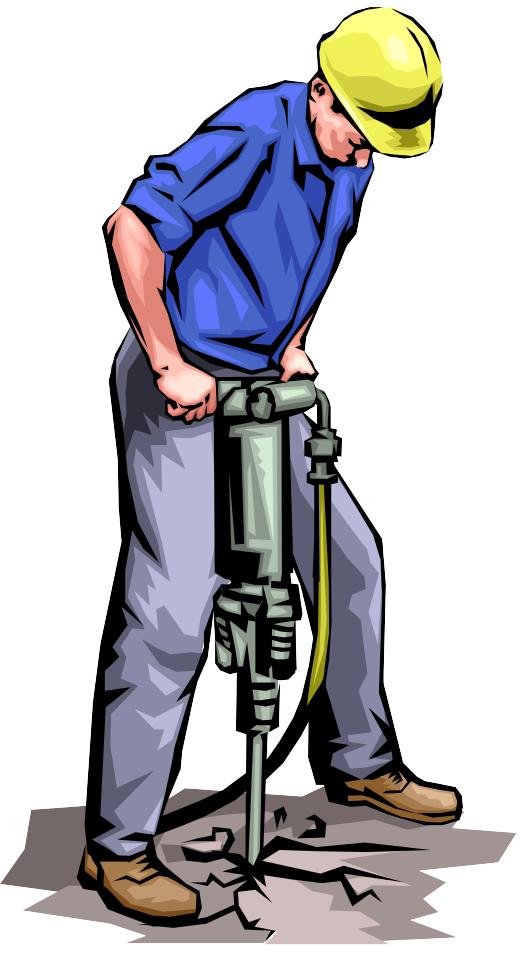
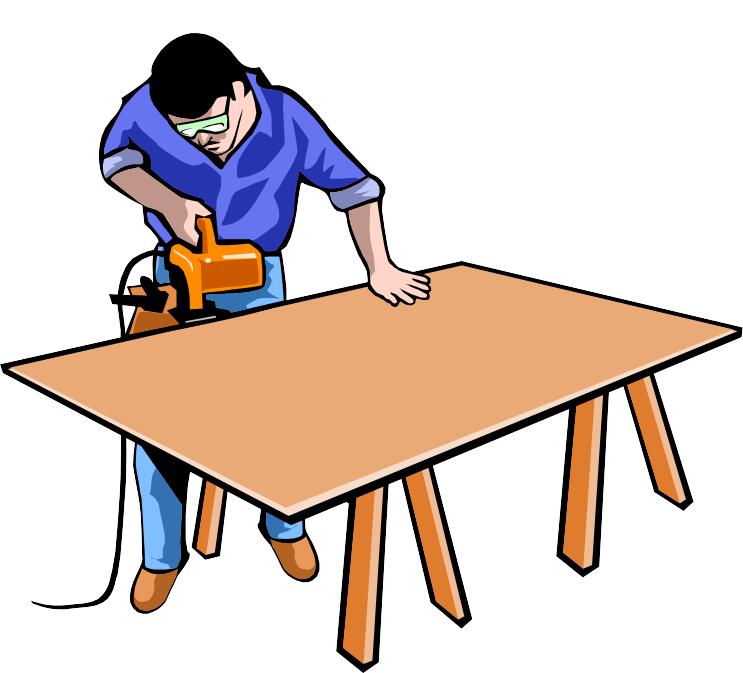
A construction manager provides services similar to those of general constructor, but represents client’s interest during all phases of the building process – design as well as construction. Also he is responsible for the safety of workers on the construction site.
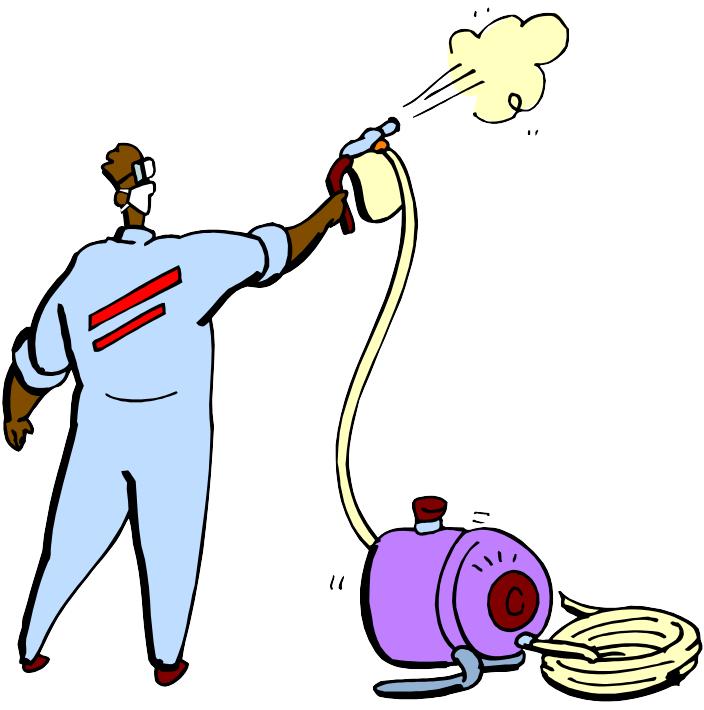
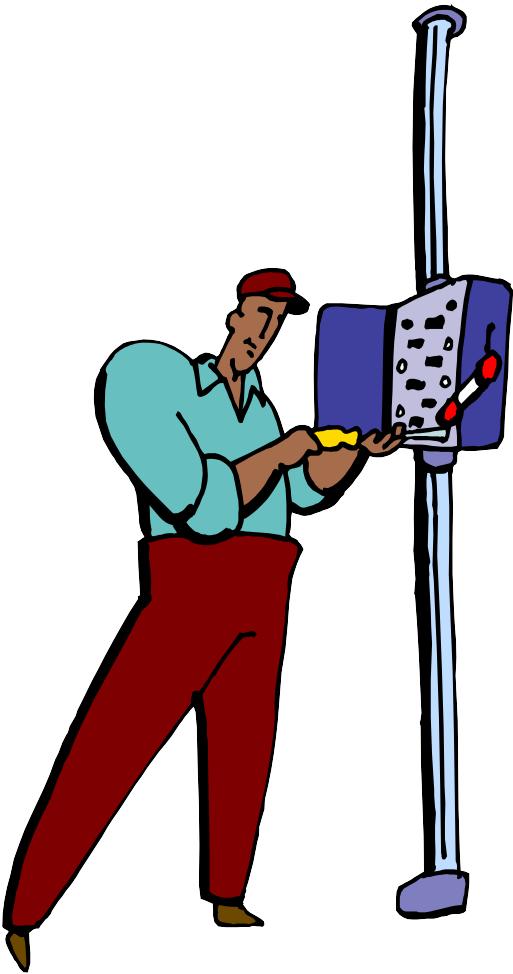
A civil engineer constructs and reconstructs residential and industrial buildings, bridges, schools, museums, theatres, power stations, kindergartens, dams and irrigation systems. Civil engineers and architects must have some knowledge of sculpture, painting, design, mechanical engineering, geography, city planning, etc.
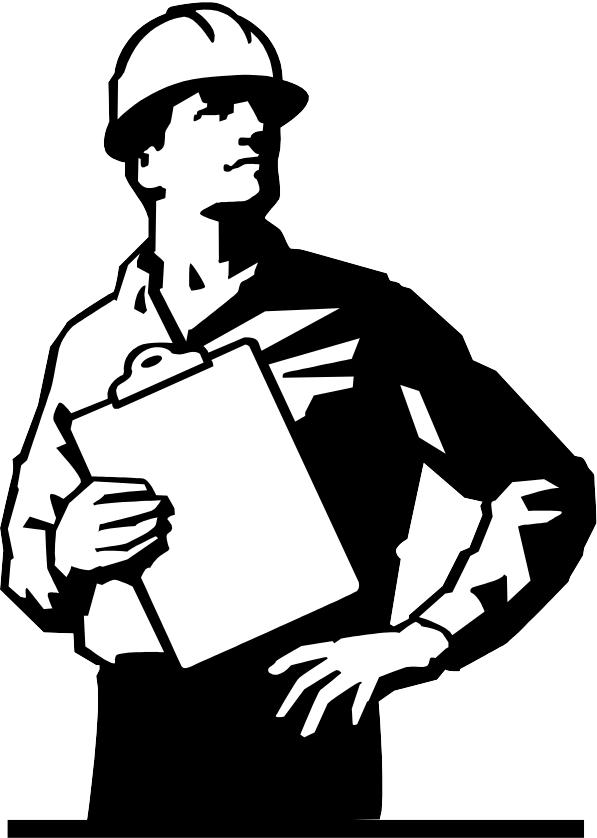
Civil engineers and architects have the main aim – to provide people with all modern conveniences, such as – running water, gas, electricity, central heating and so on. Besides, they must create attractive structures. It is the duty of an engineer to design the project, which will satisfy the needs of the occupants at the lowest practical cost. Civil engineer must not only help to fulfill construction programs but carry out scientific and research work to improve building materials and methods.
